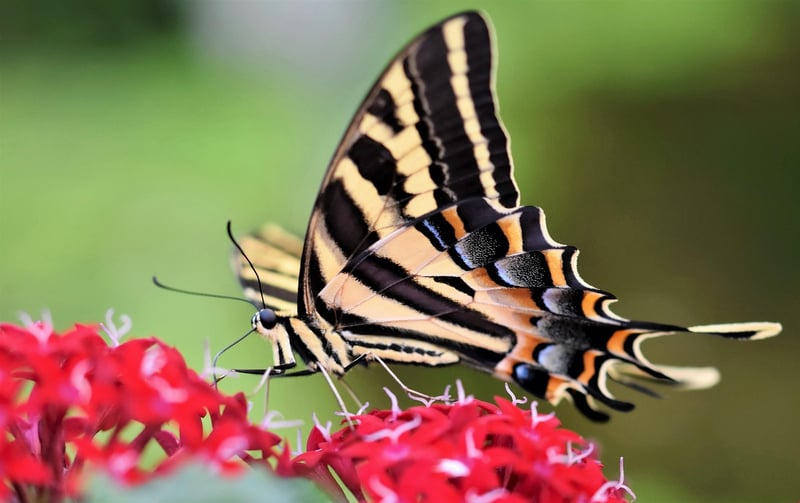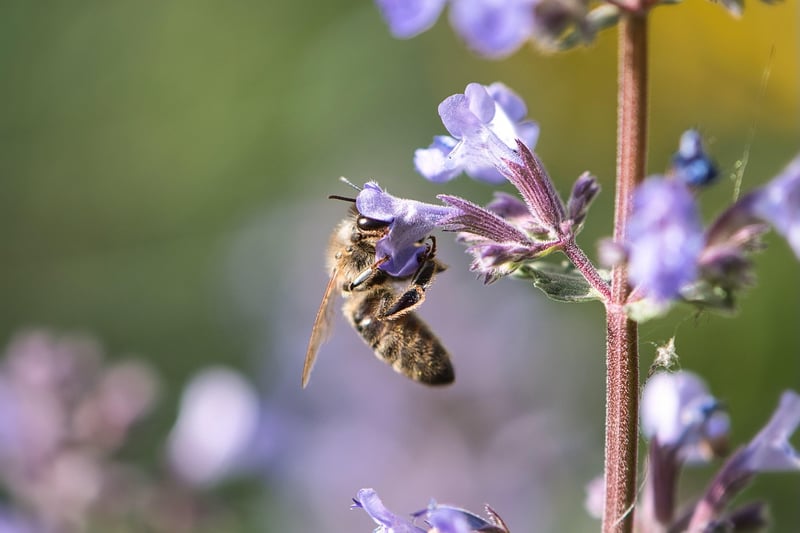Pollinator Gardens
Welcoming Wildlife in Cities
Urban areas are often seen as concrete jungles, but with the right approach, they can be transformed into vibrant habitats for wildlife. By creating pollinator gardens, city dwellers can play a crucial role in supporting biodiversity and helping struggling pollinator populations thrive.
Why Welcome Wildlife in Cities?
Wildlife, including bees, butterflies, birds, and other pollinators, play a vital role in our ecosystems. They are essential for pollinating plants, which in turn provide us with food, clean air, and beautiful green spaces. However, urbanization and habitat loss have put many wildlife species at risk. By creating welcoming environments for wildlife in cities, we can help mitigate these challenges and create a more sustainable future.
The Benefits of Pollinator Gardens
Pollinator gardens are specially designed spaces that provide food, shelter, and habitat for pollinators. These gardens are typically filled with a variety of native plants that attract pollinators and support their life cycles. By planting pollinator-friendly gardens in urban areas, we can:
- Support declining pollinator populations
- Promote biodiversity and ecosystem health
- Enhance the beauty of urban spaces
- Improve air quality and reduce pollution
- Boost crop yields through increased pollination
How to Create a Pollinator Garden
- Choose Native Plants: Select a variety of native flowers, shrubs, and trees that are well-suited to your local climate and soil conditions.
- Provide Water Sources: Include a shallow bird bath or small pond to provide drinking water for wildlife.
- Avoid Pesticides: Opt for natural pest control methods to protect pollinators from harmful chemicals.
- Plant in Clusters: Group flowers of the same species together to make it easier for pollinators to find and access them.
- Maintain Year-Round Interest: Choose plants that bloom at different times of the year to provide food for pollinators throughout the seasons.
Get Involved!
Whether you have a small balcony or a spacious backyard, you can make a difference by creating a pollinator garden in your city. Reach out to local community gardens, environmental organizations, or municipal authorities to learn more about how you can contribute to creating wildlife-friendly spaces in urban areas.
Let's work together to welcome wildlife in cities and promote a greener, healthier future for all!

Image source: Pixabay
